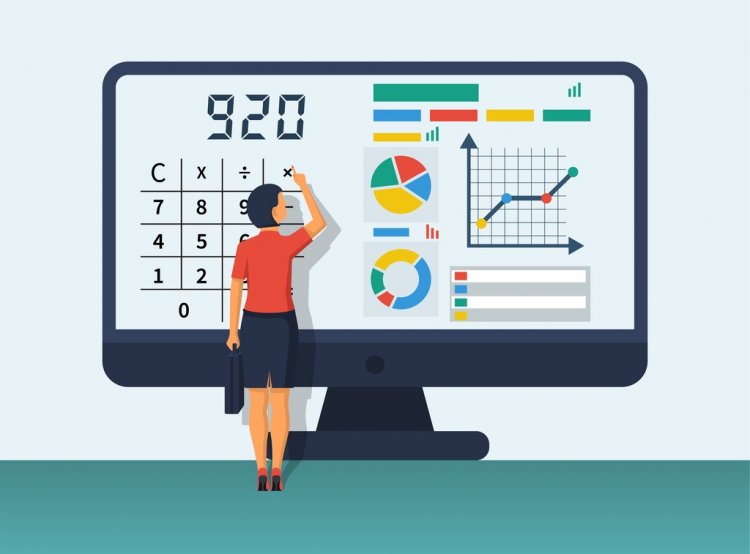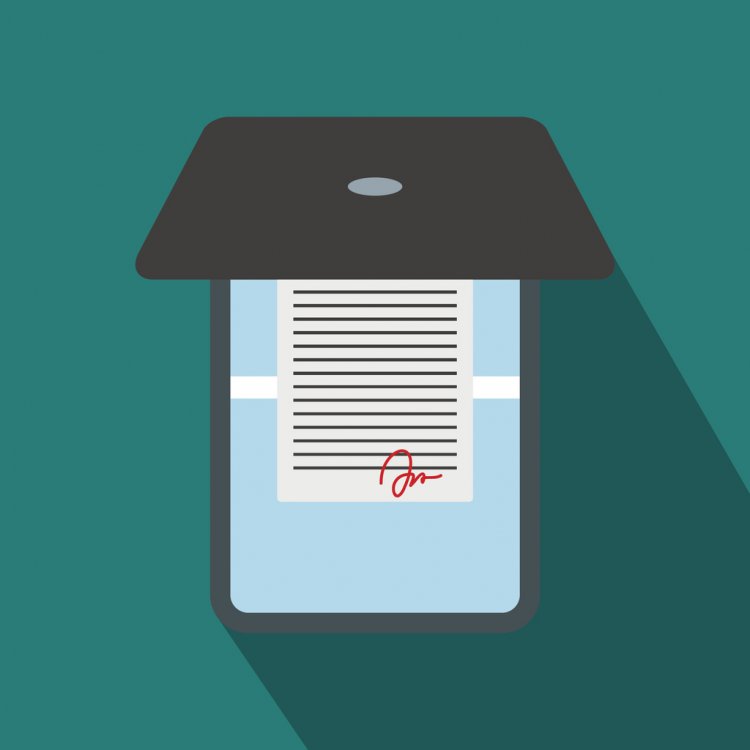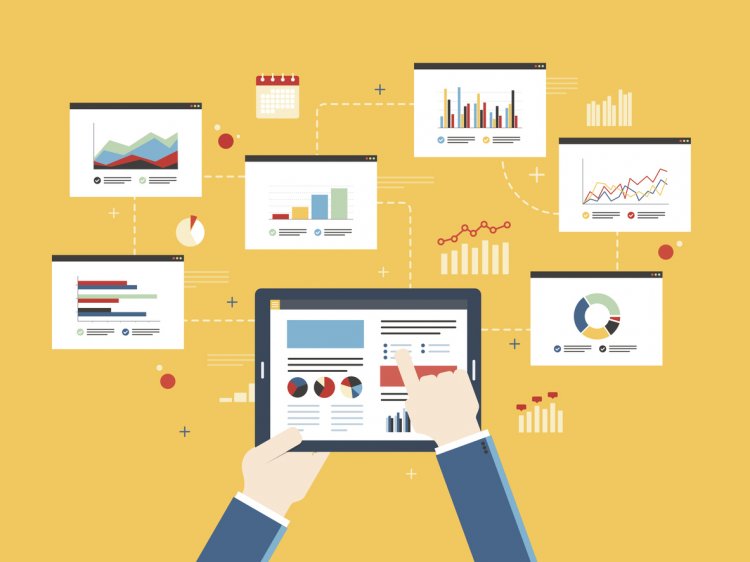5 Tips for Making the Most of Your Accounting Software
We’re well into the digital age. So why is so much accounting still in paper form? Keeping track of individual files, receipts, invoices and payroll documents is frustrating. Which is why more and more accountants and bookkeepers are turning to digital solutions. Whether you’re a digital novice or an experienced user, how can you get the most out of moving your bookkeeping digital? It takes more than just fancy software to make a good digital accounting software, though. You’ll need to keep on top of it yourself, and that means following some little tips that can really improve your digital experience, whatever your role.

We’re well into the digital age. So why is so much accounting still in paper form? Keeping track of individual files, receipts, invoices and payroll documents is frustrating. Which is why more and more accountants and bookkeepers are turning to digital solutions. Whether you’re a digital novice or an experienced user, how can you get the most out of moving your bookkeeping digital?
It takes more than just fancy software to make a good digital accounting software, though. You’ll need to keep on top of it yourself, and that means following some little tips that can really improve your digital experience, whatever your role.
Tip #1: Assign Access to Relevant Individuals
Whether you’re in-house or contracting, there is one thing that finance professionals always get bogged down with: silly little requests. Now that doesn’t mean the requests themselves are silly, just that they’re tiny tasks that should take a matter of seconds but end up taking half an hour.
You may be asked for specific client data, an employee’s payroll documents, or tiny details about a client’s bookkeeping. And all of this data is stuff they should have easy access to.
If you’ve got a digital accounting software you can often give individuals specific security access. This means they can access files they need on a regular basis on… a regular basis.
So they don’t need you to spend time looking for it.
But this only works if you actually set it up in the first place. Systems like @Assist Toki offer a client portal, which allows you to give your client access to all the information they need, all in one place. Making use of these features is the first step towards making that accounting software work for you.
And with many accountants and bookkeepers reporting price pressure on their services, any way to offer more value to the customer is great. Speeding up the process really offers great value, and instant access to essential documents is one sure fire way to speed up that process.
Tip #2: Upload ALL Documents
 It’s no good having digital software if your documents aren’t digital. Yet, you would be amazed at how many accountants still fail to upload all their files to their software. Don’t be one of them. To make best use of that great digital tool, you need to keep it up to date.
It’s no good having digital software if your documents aren’t digital. Yet, you would be amazed at how many accountants still fail to upload all their files to their software. Don’t be one of them. To make best use of that great digital tool, you need to keep it up to date.
The best online workflow and accounting programs offer you the ability to share files within the software itself and assign files to specific clients, projects and tasks. This makes it easier to find the files you need. And if your client has access to the software, they can even find them for themselves.
On top of that, having all the data digitized in one program allows it to generate detailed reports for you, making it easier to make decisions going forward. But again, in order to take advantage of this, you actually need to upload the relevant data in the first place. Which brings us nicely on to tip #3.
Tip #3: Keep Client Information Up-to-date Digitally
Keeping up-to-date with client data can be a pain, especially if that data is stuck in more than one platform, across digital and paper copies. So instead of tracking all of that information, why not make use of one piece of software to deal with everything in one place?
With digital accounting programs like @Assist Toki, you can upload all files, projects, forms, payroll (coming soon), bills, invoices and client data to one, easy-access space. Making it easier to search for vital information AND streamlining the process every time you need to take action.
By giving clients access to their own data, they can update as and when it’s needed, meaning even less work for you. If their address changes, you don’t need to manually change it, you can just ask the client to edit their profile within the software. So long as they don’t end up putting their tax ID in their billing address and their physical address in their employee data...
Taking advantage of these features will save you more time and take away some client questions. You’ve probably had clients come to you asking for a vague document or form, this way, they can just go and find it themselves.
Tip #4: Automate as Much as Possible

Automation and AI are seen as big threats to accountants and bookkeepers. For many services, such as routine compliance services, AI can offer a cheaper and often quicker option.
Yet on the other hand, automation gives you a great opportunity. By taking away the monotonous, tedious tasks that take up so much of bookkeeping and accounting, you will free up more time to spend on advice and developing other services.
For an in-house accountant, you can spend more time as a CFO, making KPIs, improving cash-flow and budgeting and advising the best moves forward. For a freelance bookkeeper or accountant, or one working in a firm, you can offer more advisory services, services that come with higher ticket prices.
Tip #5: Use it For Everything
Despite all of the above, the best way to make use of digital accounting software is to simply use it for absolutely everything you can. That means using it to issue invoices, process bills and payroll, track time spent on various projects across the business, discuss projects between staff members, and so on.
But the absolute best thing that a really good online accounting program can give you is freedom from multiple programs. No more duplicating data across different apps. Nope, now everything is in one place.
Whether you’re an accountant or bookkeeper looking to improve your service, or you work in-house and are looking to streamline your business’ bookkeeping, check out Toki. Giving you all the features mentioned above, it’s an all-in-one software for your workflow management and accounting needs.

 contact@atassist.com
contact@atassist.com 





